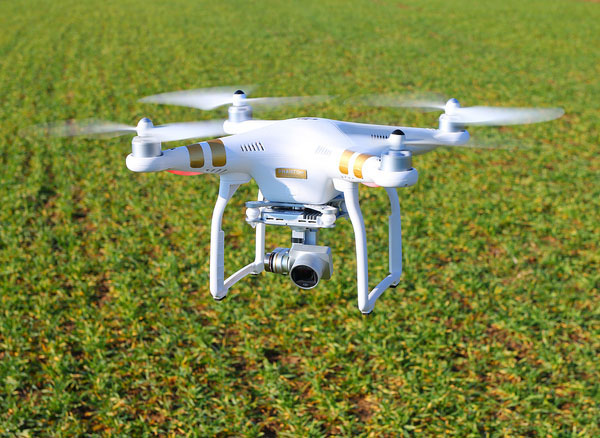By Karen Abrams, MBA
By the year 2050, the population of the world will increase to 9.7 billion. If we are to realize the goal of eradicating hunger, the current global level of food production will have to be doubled. This goal must be accomplished in an environment where water levels are receding, available arable land is diminishing on account of the expansion of cities and towns and global warming is wreaking havoc with the environment. Contextually, risk managers and strategists must begin to take into account that fact that farming contributes significantly to greenhouse gases (GHSs)
In 2011 farms emitted 6 billion tonnes of GHGs, approximately 13 percent of total global emissions. Those numbers make the agricultural sector the world’s second-largest emitter, after the energy sector. Most of the farm-related emissions come in the form of methane (CH4) and nitrous oxide (N2O). Cattle belching (CH4) and the addition of natural or synthetic fertilizers and wastes to soils (N2O) represent the largest sources, making up 65 percent of agricultural emissions globally. Arising out of these challenges, risk managers and strategists are today looking to precision agriculture as the way forward for the environmentally responsible increase of agricultural yield on existing farms, the aim being to feed the world’s growing population whilst limiting damage to the environment.

